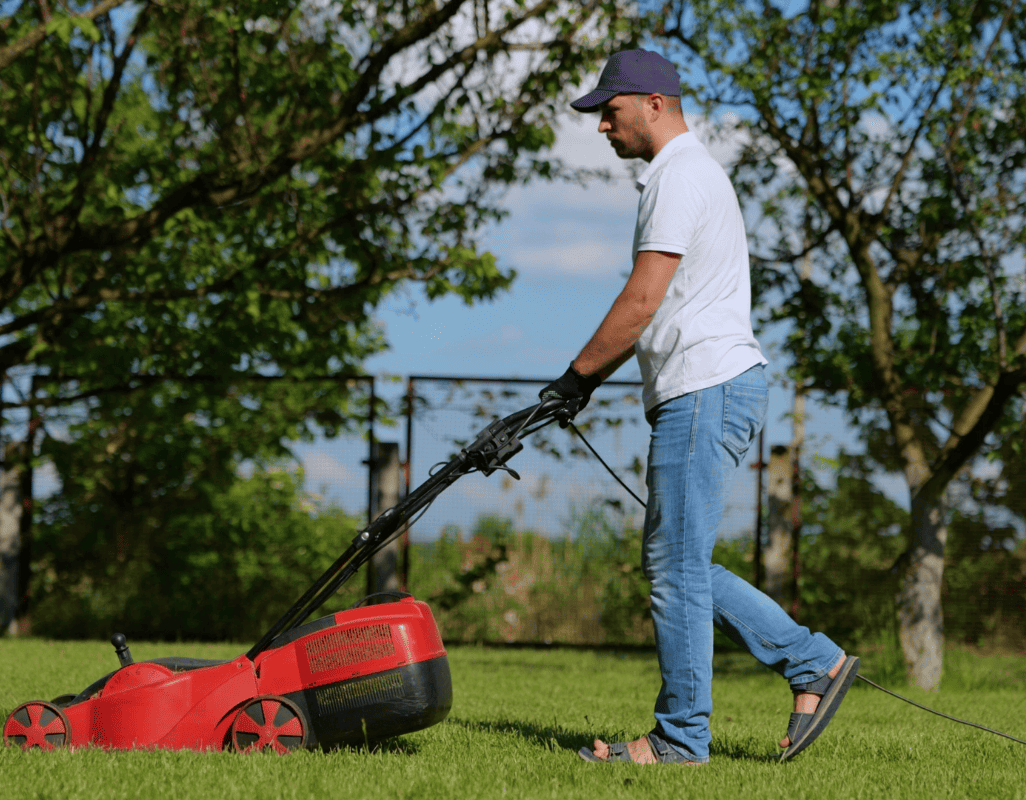Risks to your hearing come in many shapes and forms, and exposure to noise is one of the main dangers. You might work a job that is clearly noisy, and your employer should provide hearing protection to keep you safe. On the other hand, you might work a job that is not in an industrial site or transportation hub where the decibel level is very high. Even when the volume is relatively quieter, a full shift can still be dangerous in some surprising jobs, such as working in restaurants, as a barista, or as a recess monitor on a schoolyard. In addition to these risks to your hearing at work, did you know that you can incur hearing loss through recreational noise? Your leisure activities might be posing a risk to your hearing that extends beyond the workplace. Let’s take a closer look at these sources of recreational noise, as well as what you can do to prevent hearing damage from your own voluntary activities.
Leisure Activities and Noise
Some leisure activities are clearly noisy. For instance, if you love to go to dance clubs or to loud concerts, then you are likely to experience recreational noise in those activities. In addition to these obviously noisy activities, you can also experience loud sound at other venues. Sporting events pose a risk to your hearing as a fan, but also to players and staff at the events. When the roar of the crowd reaches a high decibel level, it can be sufficient to cause hearing damage in the course of a single game. If you like to go to the shooting range, you are likely required to wear hearing protection there. Did you know that shooting practice outdoors and hunting can be risky, as well? In addition to these activities that create dangerous noise, you might have a noise-producing device right in your pocket or backpack. Headphones and earbuds are a common source of recreational noise. If you use these devices at a high volume or for an extended period of time, it can cause serious harm to your hearing. For instance, wearing headphones to listen to hours of an audiobook or podcast can be enough to harm your hearing, even at a seemingly comfortable volume. The combination of volume and duration is the crucial consideration, so a good rule of thumb is to keep your devices at 75 percent of the maximum volume in order to keep your hearing safe.
Protection and Prevention
At loud recreational events and leisure activities, it is important to wear hearing protection to keep yourself safe. Even wearing disposable foam earplugs can reduce the volume by at least 10 decibels, making it possible to take part in that activity for a longer time. Some activities require more advanced hearing protection, such as noise-canceling earmuffs or a combination of protective devices. What can you do if you don’t have access to earplugs and find yourself in a loud leisure activity? Limiting your time of exposure to noise is another approach. If you know that the loud sound is centralized in one part of the venue, take time for noise breaks outside or in a quieter place. Noise-induced hearing loss occurs through a combination of volume and duration. When you can’t turn down the effective volume through the use of earplugs, you can take steps to limit the duration of your exposure. Even if that means leaving the venue, your future enjoyment of sound relies on these protective measures.
Getting Treatment for Noise-Induced Hearing Loss
What can you do if you have already incurred hearing loss from recreational noise? Although there is no known cure for this type of hearing loss in the context of your own body, you can get treatment in the form of hearing assistance. Our hearing health professionals will begin with a hearing test to determine how much hearing ability you have already lost and in what range. Once we understand your hearing ability, we will be able to recommend the right hearing aids or other assistive technology for your individual condition. Don’t delay getting your hearing test to start on the path toward treatment and assistance.

